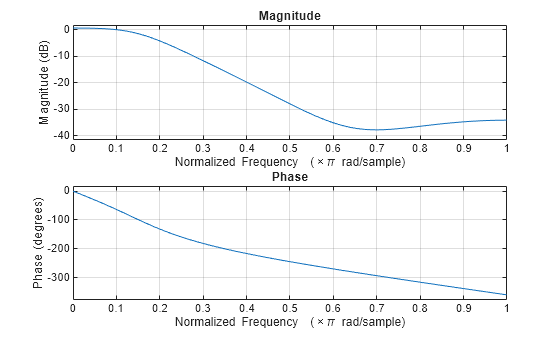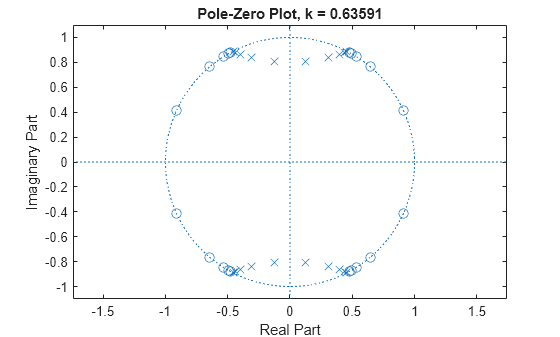ctf2zp
Description
[
computes the zeros z,p] = ctf2zp(B,A)z and poles p of a system
represented as Cascaded Transfer Functions (CTF) with numerator coefficients B and denominator coefficients
A.
Examples
Input Arguments
Output Arguments
More About
Tips
References
[1] Lyons, Richard G. Understanding Digital Signal Processing. Upper Saddle River, NJ: Prentice Hall, 2004.
Extended Capabilities
Version History
Introduced in R2024b

